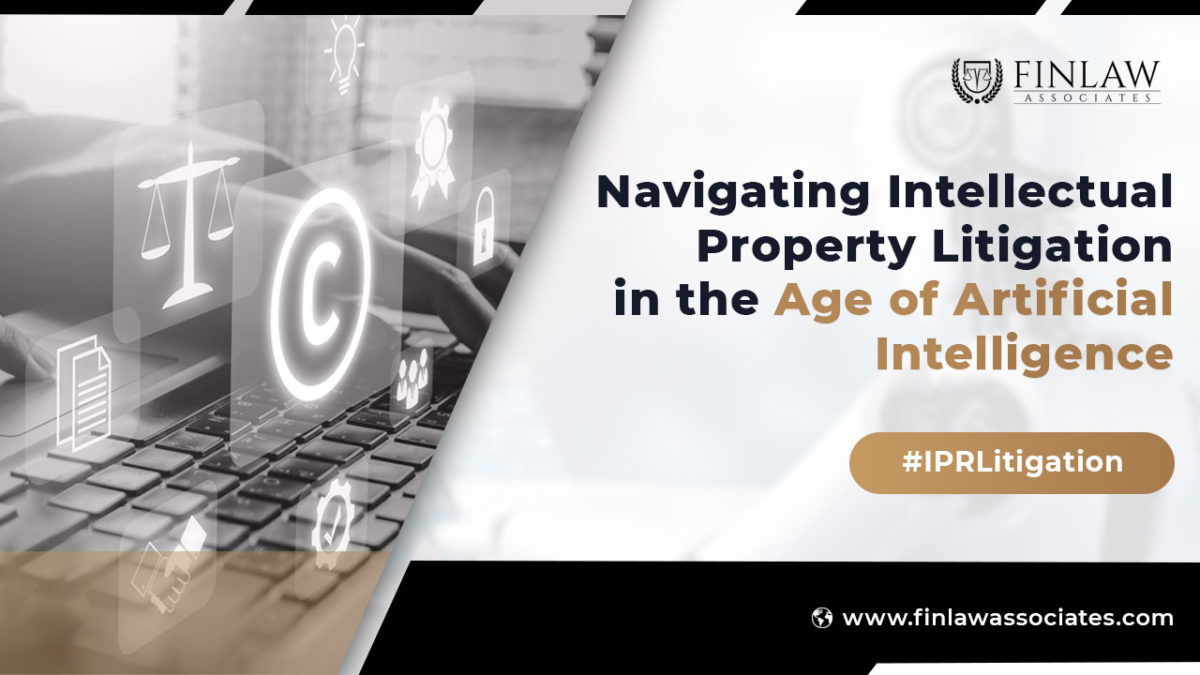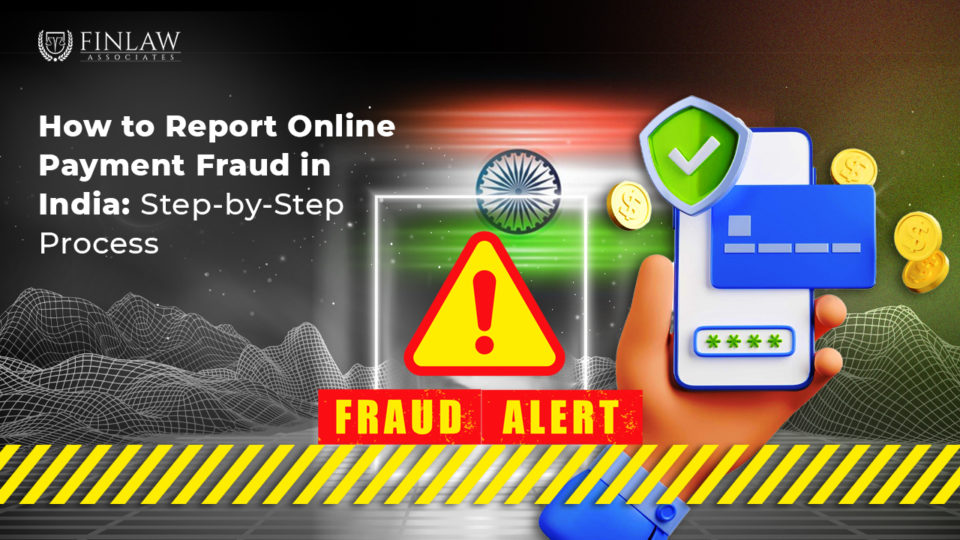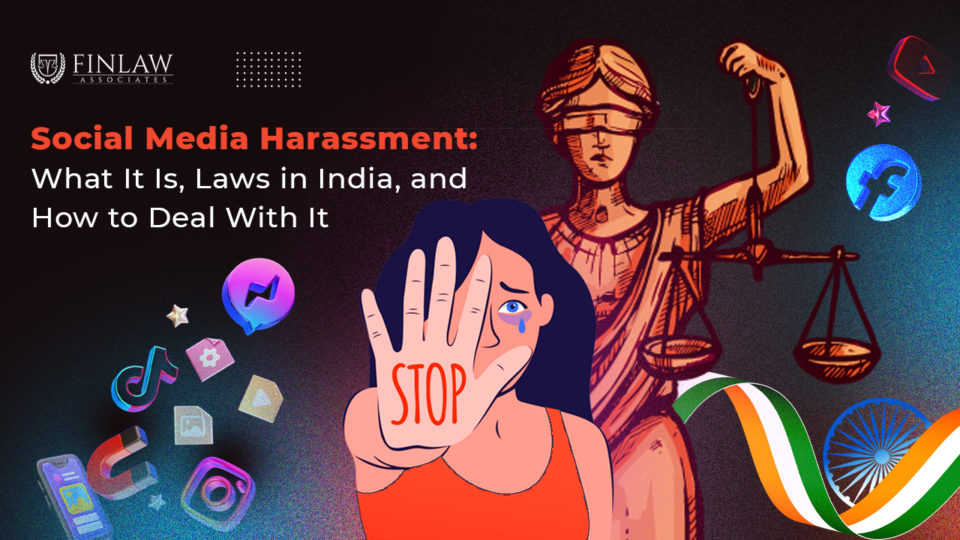
Best Practices for Writing a Cyber Crime Complaint Letter and Its Format
June 4, 2024
Why Your Next Click Matters: A Cyber Crime Advocate’s Plea for Awareness
July 10, 2024
In today's fast-changing technological world, the growth of artificial intelligence (AI) has created new potential and difficulties for intellectual property (IP) law. As AI grows more prevalent in various areas, including healthcare, banking, entertainment, and manufacturing, it has triggered a slew of complicated legal issues about ownership, infringement, and protection of AI-generated ideas. Navigating intellectual property litigation in the age of artificial intelligence necessitates a comprehensive awareness of both classic IP concepts and emergent AI-related legal issues.
The Intersection between AI and Intellectual Property
Artificial intelligence, with its capacity to analyze massive quantities of data, discover trends, and produce creative solutions, has emerged as a driving force behind industry-wide innovation. AI technologies, including machine learning algorithms and natural language processing systems, are rapidly being utilized to develop new products, improve existing processes, and optimize decision-making. However, the fast expansion of AI capabilities has blurred the distinctions between traditional intellectual property ideas like copyright, patents, trademarks, and trade secrets.
Copyright Challenges
One of the most difficult difficulties in AI-related intellectual property disputes is identifying ownership and protection of AI-generated works. Unlike human-created work, AI-generated creations face issues of authorship and originality. When AI systems develop creative creations, software code, or textual content on their own, determining who owns the copyright becomes a challenging legal challenge. Courts must decide whether to extend copyright protection to AI-generated works, and if so, who should be credited as the creator: the human programmer, the AI system itself, or both.
Patent Issues
Similarly, the patentability of AI inventions poses distinct issues. While patents have typically protected ideas that are unique, non-obvious, and beneficial, AI technologies sometimes entail incremental enhancements or combinations of existing approaches rather than ground-breaking discoveries. As a result, patent examiners and courts have difficulty evaluating the inventive step and defining the breadth of patent protection for AI-related discoveries. Furthermore, the rapid rate of AI research raises worries about the ability of current patent review systems to keep up with changing technical breakthroughs.
Trademark Considerations
In the context of trademarks, AI presents problems with brand identification and customer misunderstanding. As AI systems develop content and engage with customers on behalf of businesses, consistent branding, and trademark usage become critical. Furthermore, the rise of AI-powered chatbots, virtual assistants, and recommendation algorithms complicates compliance with trademark rules, particularly when AI systems unwittingly infringe on existing trademarks or weaken brand uniqueness.
When navigating these challenges, it's essential to seek expert guidance; consider these Top 5 Questions to Ask When Hiring a Trademark Consultant to ensure your brand is protected effectively.
Trade Secret Protection
AI-driven algorithms and datasets are frequently important trade secrets for organizations looking to preserve a competitive advantage. To avoid unauthorized access or disclosure, these trade secrets must be protected by strict confidentiality procedures and contractual agreements. However, the dynamic nature of AI systems, along with the possibility of insider threats and cyberattacks, emphasizes the importance of proactive solutions for protecting proprietary AI technology against theft or reverse engineering.
Navigating Legal Uncertainties
Given these complicated legal concerns, resolving intellectual property litigation in the age of artificial intelligence requires a multidisciplinary strategy that combines legal knowledge with technical skills. Legal practitioners, technical specialists, and industry stakeholders must work together to meet the developing difficulties of AI innovation while adhering to intellectual property law standards. Furthermore, legislators and regulatory authorities play an important role in creating the legal framework governing AI and intellectual property rights in order to promote innovation, competition, and fair use of AI technology.
Conclusion
As artificial intelligence continues to alter businesses and push the frontiers of innovation, intellectual property litigation confronts new problems and possibilities. From copyright conflicts over AI-generated material to patent challenges involving AI ideas, the convergence of AI and IP law necessitates a balanced strategy that encourages creativity, safeguards rights, and supports responsible AI development. By remaining current on developing legal precedents, technology trends, and regulatory changes, legal practitioners and companies may navigate the complicated environment of AI-related intellectual property litigation with clarity and confidence.



